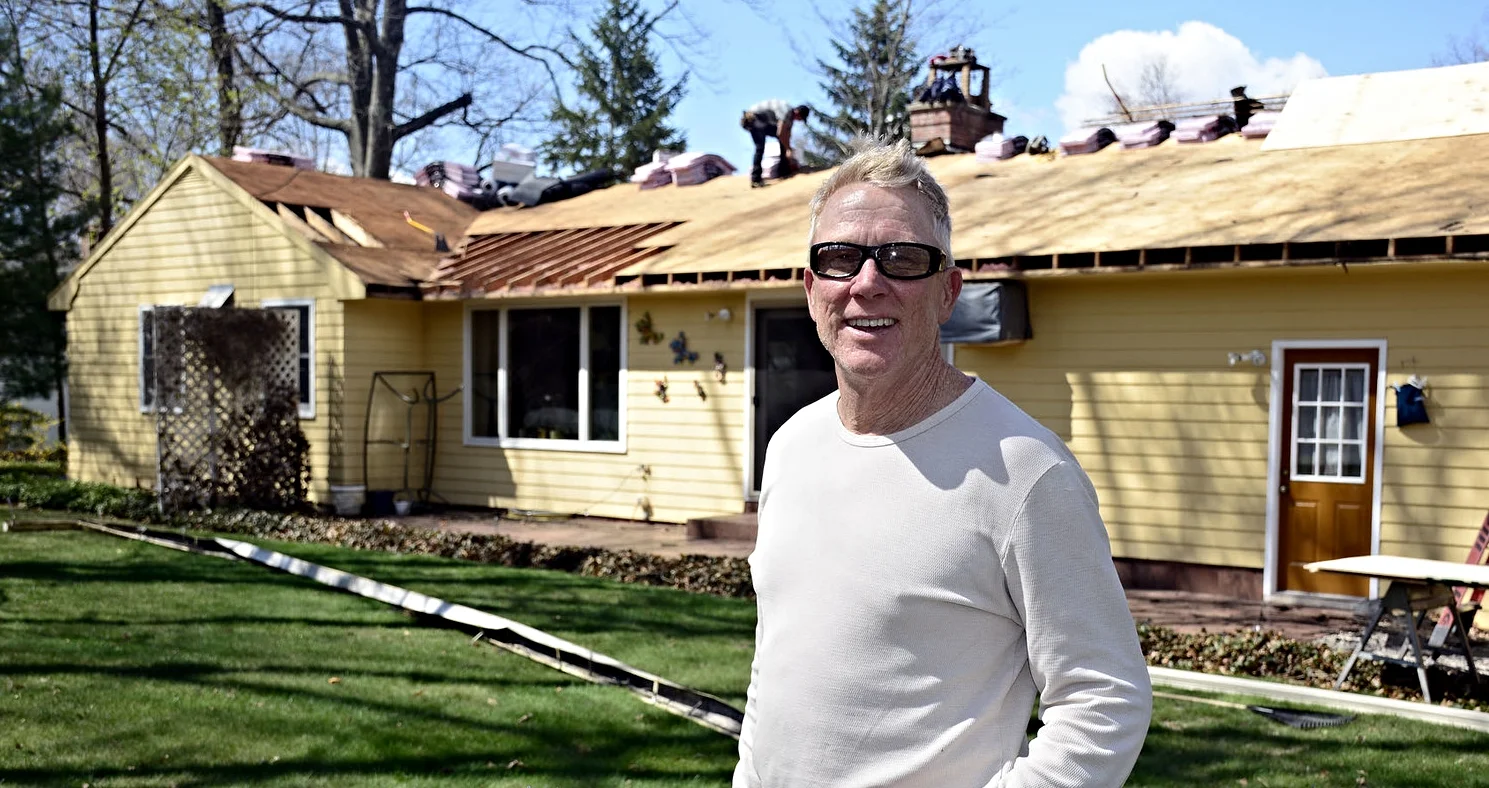Check For Heat Loss and Save Big
Chelsea O'Donnell
Holiday lights, Christmas trees, and colder temperatures mean that December is usually one of the most expensive months in terms of utility bills. Last month, energy companies said that the average Connecticut electric bill would jump around $80 per month per household come January, so now is a great time to start thinking about ways to save.
One resource that not enough people take advantage of is an audit by Energize Connecticut. For a fee, a home energy consultant will come to your home and conduct a full assessment, covering your furnace and water heater, air ducts, windows, doors, and more. Plus they can offer rebates for upgrades and repairs. To apply, visit the EnergizeCT website and choose your service provider.
In addition to an assessment, here are the top five spots I always check for air leaks and heat loss.
Windows. Believe it or not, hanging heavy fabric drapes can help you retain up to 25% of the heat in your home. This is especially true with large glass doors that aren’t being used in the winter months. Also, be sure to check for gaps. Wooden window frames get warped with age and can lead to serious air leakage. For cracks that are smaller than a quarter of an inch, a silicone caulk will work to plug up areas where heat is escaping. Also, if you feel air coming right through your single panes and the glass rattles with the wind, beef them up with some shrink film. This product can be found at any home supply store and can be cut to size.
Doors. We don’t often open the windows in the winter, but doors are a different story. They let lots of air escape, but they can’t be sealed completely because we need to use them. I always suggest inspecting your door sweep to ensure it’s not damaged and replacing it if the bristles have come loose. A door snake or seal can also come in handy, which can be purchased at any big box store or even made at home with an old pair of stockings and some rice, beans, newspaper, or another filling.
Attic. Those of you with an attic hatch are likely losing a ton of warm air through its frame. We all know that hot air rises, so close off that hatch with an insulated box that fits over the entryway. It's a great way to retain heat in the home and you’ll still have full access to the attic to get holiday decorations, luggage, and storage items.
Water Heater. Insulate your water heater’s tank and pipes with fiberglass. For the tank, fit a fiberglass blanket using foil tape, but be sure not to cover any valve or pipe openings. For the pipes, you can use fiberglass wrap or foam insulation. By adding a layer of insulation to your water heater, you’ll keep the warmth from escaping into the air and you’ll protect the machine from condensation in the summer months.
Insulation. Most homes simply do not have enough insulation in the walls and attic, which is probably the number one contributor to sky-high energy bills. Insulation acts as a barrier against heat flow, helping to keep the warm air inside the house by slowing the flow and stopping the heat from getting outside. The United States Environmental Protection Agency says that with proper insulation, the average home in our area can save approximately 16 to 50 percent in total heating and cooling costs depending on the age and condition of the home. Plus it’s one of the highest-rated home improvements in terms of real estate resale value.
Rising energy bills will be no joke this season. Take a few steps to winterproof your home and the impending increase won’t hit your wallet as hard in the new year.
Bob O'Donnell is the owner of O'Donnell Bros, Inc., a Bristol-based home improvement company established in 1975. Email your questions for Bob to info@odonnellbros.com with the subject line “Ask the Pro”. All questions may be considered for publication. To contact Bob for your remodeling needs, call O'Donnell Bros, Inc. at (860) 589-5155 or visit www.odonnellbros.com. Advice is for guidance only.
